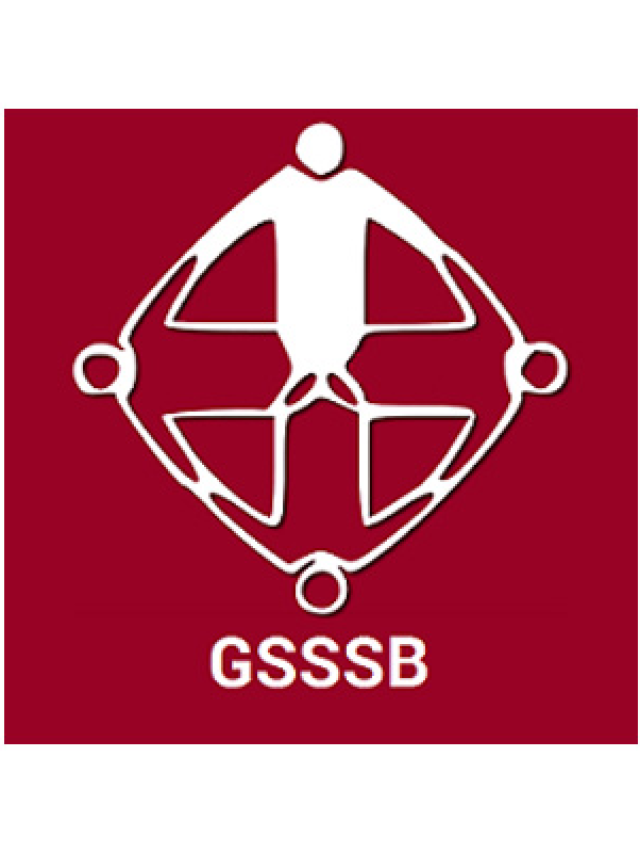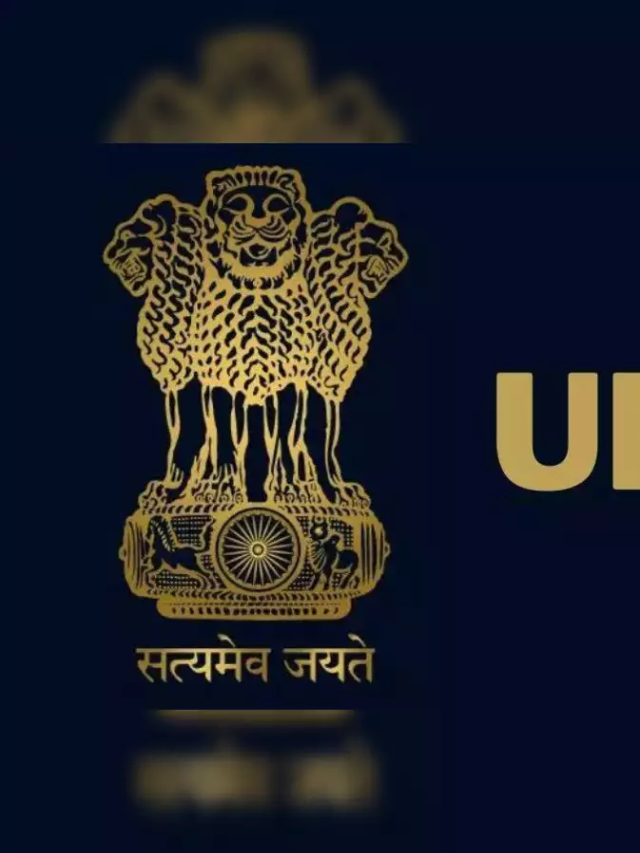NCERT Solutions for Class 9 Geography Chapter 1 updated
1. Choose the right answer from the four alternatives given below.
(i) The Tropic of Cancer does not pass through
(a) Rajasthan (b) Odisha
(c) Chhattisgarh (d) Tripura
(ii) The easternmost longitude of India is
(a) 97° 25′ E (b) 68° 7′ E
(c) 77° 6′ E (d) 82° 32′ E
(iii) Uttarakhand, Uttar Pradesh, Bihar, West Bengal and Sikkim have common frontiers with
(a) China (b) Bhutan
(c) Nepal (d) Myanmar
(iv) If you intend to visit Kavarati during your summer vacations, which one of the following Union Territories of India you will be going to
(a) Puducherry (b) Lakshadweep
(c) Andaman and Nicobar (d) Daman and Diu
(v) My friend hails from a country which does not share land boundary with India. Identify the country.
(a) Bhutan (b) Tajikistan
(c) Bangladesh (d) Nepal
Answer:
(i) The Tropic of Cancer does not pass through – (b) Odisha.
(ii) The easternmost longitude of India is – (a) 97° 25′ E.
(iii) Uttarakhand, Uttar Pradesh, Bihar, West Bengal and Sikkim have common frontiers with (c) Nepal.
(iv) Kavarati is situated at the union territories of (b) Lakshadweep.
(v) (b) Tajikistan does not share a land boundary with India.
2. Answer the following questions briefly.
(i) Name the group of islands lying in the Arabian Sea.
(ii) Name the countries which are larger than India.
(iii) Which island group of India lies to its south-east?
(iv) Which island countries are our southern neighbours?
Answer
(i): India lies in the Northern hemisphere, with the mainland extending between latitudes 8°4’N and 37°6’N and longitudes 68°7’E and 97°25’E. The Tropic of Cancer (23° 30’N) divides the country into almost two equal parts, where the Lakshadweep islands lie in the Arabian Sea to the south-west of the mainland, and the Andaman and Nicobar islands lie in the Bay of Bengal to the south-east of the mainland.
(ii): The countries which are larger than India are Russia, Canada, U.S.A, China, Brazil and Australia. Russia is the largest of all countries, with an area of 17.09 million sq.km, while India has an area of 3.28 million sq.km.
(iii): The Andaman and Nicobar islands lie to the south-east of India in the Bay Of Bengal. India has a land boundary of about 15,200 km. The total length of the coastline, including the islands of the Andaman and Nicobar and the Lakshadweep, is 7,516.6 km.
(iv): The island countries that are our southern neighbours are Sri Lanka and the Maldives. Maldives Islands are situated to the south of the Lakshadweep Islands, whereas Sri Lanka is separated from India by a narrow channel of sea formed by the Palk Strait and the Gulf of Mannar.
3. The sun rises two hours earlier in Arunachal Pradesh as compared to Gujarat in the west but the watches show the same time. How does this happen?
Answer:
The latitudinal and longitudinal extent of India is about 30°. The east-west extent is smaller than the north-south extent. There is a time lag of two hours from Gujarat to Arunachal Pradesh. As Arunachal Pradesh lies to the eastern side of India, the sun rises here earlier when compared to Gujarat. The time along the Standard Meridian of India (82°30’E) passing through Mirzapur (in Uttar Pradesh) is taken as the standard time for the whole country. The latitudinal extent influences the duration of day and night, as one moves from south to north. Therefore, the watches show the same time in all the parts of the country.
4. The central location of India at the head of the Indian Ocean is considered of great significance. Why?
Answer:
India is a southward extension of the Asian continent and is located in a central position between the East and West Asia. The Indian Ocean provides a strategic central location to India, as it connects the East Asian countries with the country of Europe in the West. The Deccan Peninsula also protrudes into the Indian Ocean, thus helping India establish close contact with west Asia, Africa and Europe from the western coast and with Southeast and East Asia from the eastern coast. There is no other country like India in the world, which has a long coastline on the Indian Ocean and thus, justifying the naming of an ocean after it.
Chapter 1 – India-Size And Location Summary
The NCERT Class 9 Contemporary India Chapter 1 talks about the following topics:
1. Size and location of India
- What are the latitudinal and longitudinal extensions of India?
- The total area of India and the land boundary.
2. India and the world
a. Indian Ocean- the central location of India.
b. What are the countries that lie on the eastern coast and the western coast of India?
c. What are the neighbouring countries of India?









2 thoughts on “NCERT Solutions Class 9 Geography Chapter 1”